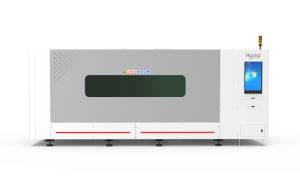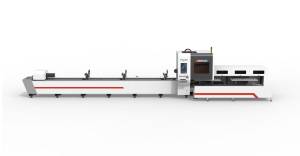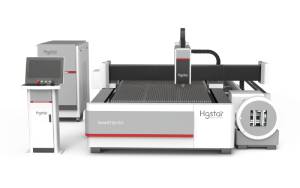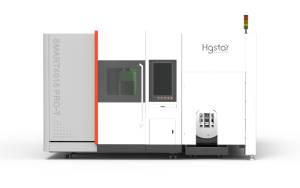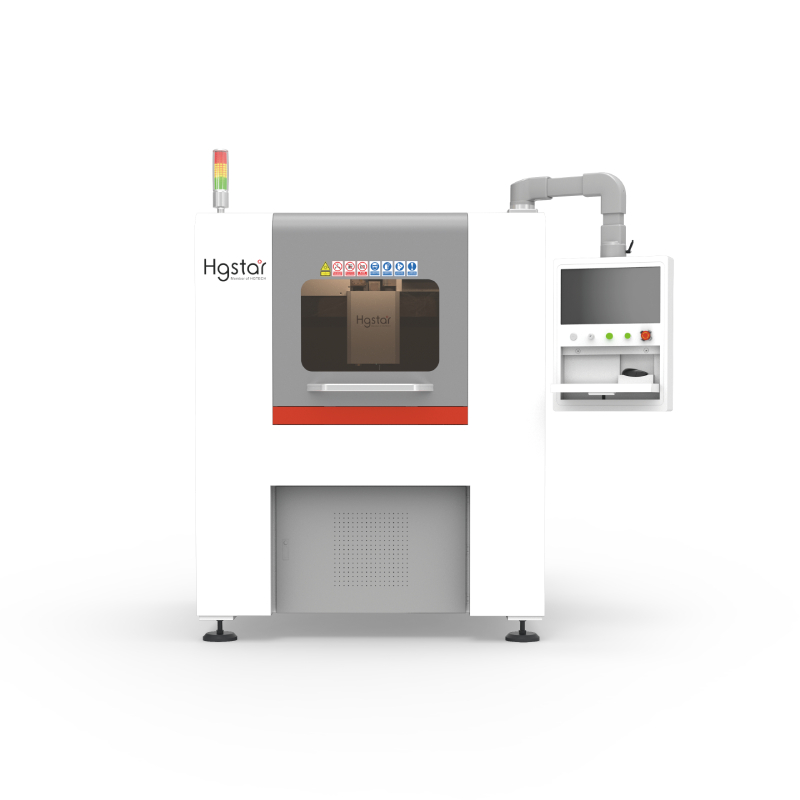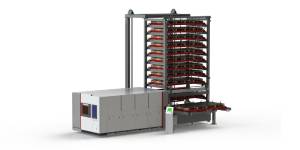Projects
Journey To Explore The 3D Laser Cutting Technology
Introduction
With the rapid development of technology, laser technology has emerged in many fields with its unique advantages. Among them, laser 3D cutting technology is becoming an indispensable part of the manufacturing industry due to its high-precision and high-efficiency characteristics. This article will take you on a technological journey from principle to practice, delving into the mysteries of laser 3D cutting.

The basic principles of laser 3D cutting
Laser 3D cutting technology uses a high-energy laser beam to irradiate the material to be cut, allowing the material to absorb a large amount of energy in a very short time, quickly melt, evaporate, or reach the ignition point. At the same time, the melted material is blown away by high-speed airflow to achieve the purpose of cutting. This technology can achieve accurate cutting of various materials, including metal, non-metal, composite materials, etc.
The practical application of laser 3D cutting
Automotive Industry: The three-dimensional five axis laser cutting intelligent equipment adopts a gantry dual drive structure and is equipped with a high-performance rotating dual workstation workbench. It mainly solves the problems of cutting holes and trimming edges in high-strength steel hot formed parts and is widely used in automotive manufacturing, such as cutting and welding of body parts. Its high-precision and high-efficiency characteristics make the automotive manufacturing process more precise and fast.
Aerospace: In the field of aerospace, laser 3D cutting technology in high-performance 3D laser cutting heads is used to manufacture high-precision and high-quality components, such as aircraft engine blades, rocket thrusters, etc.
Electronic products: In the manufacturing process of electronic products, laser 3D cutting technology can achieve precise cutting of small parts, such as components on circuit boards, micro sensors, etc.
Laser 3D cutting technology is becoming an important force in modern manufacturing due to its high precision and efficiency.







